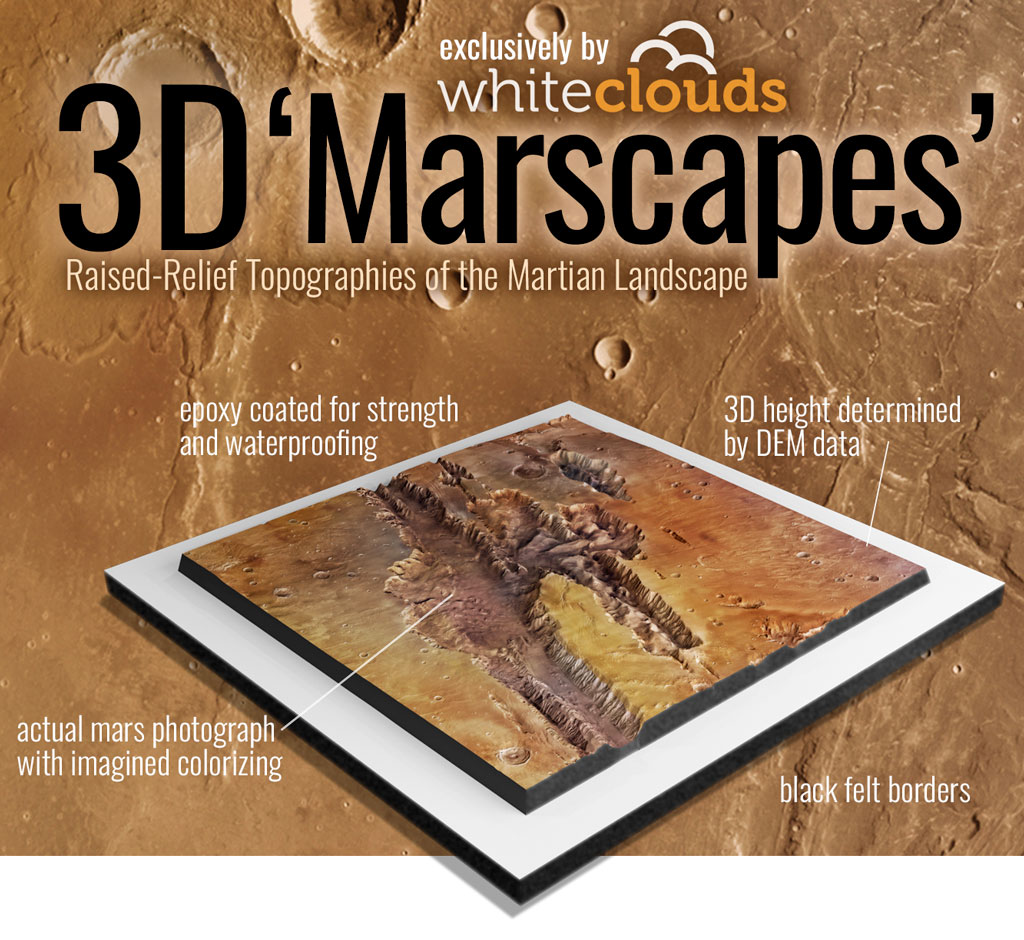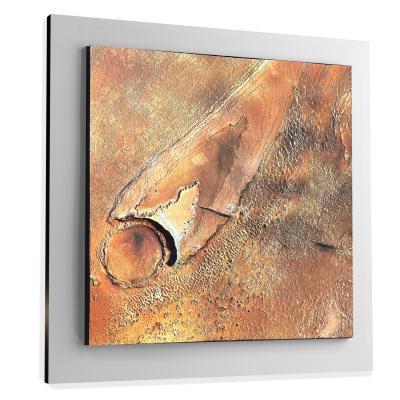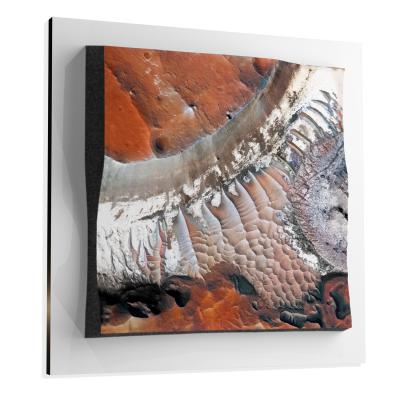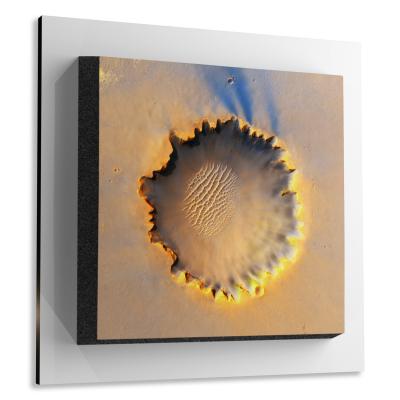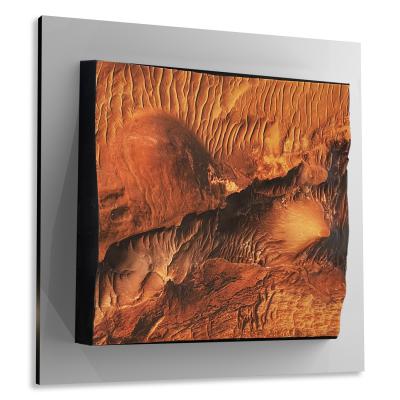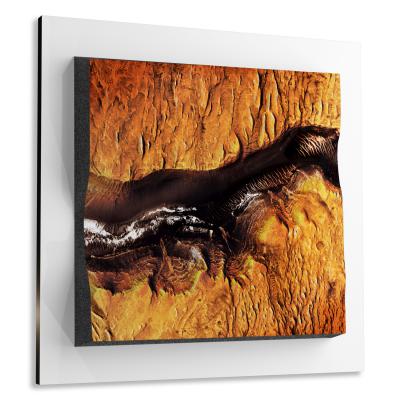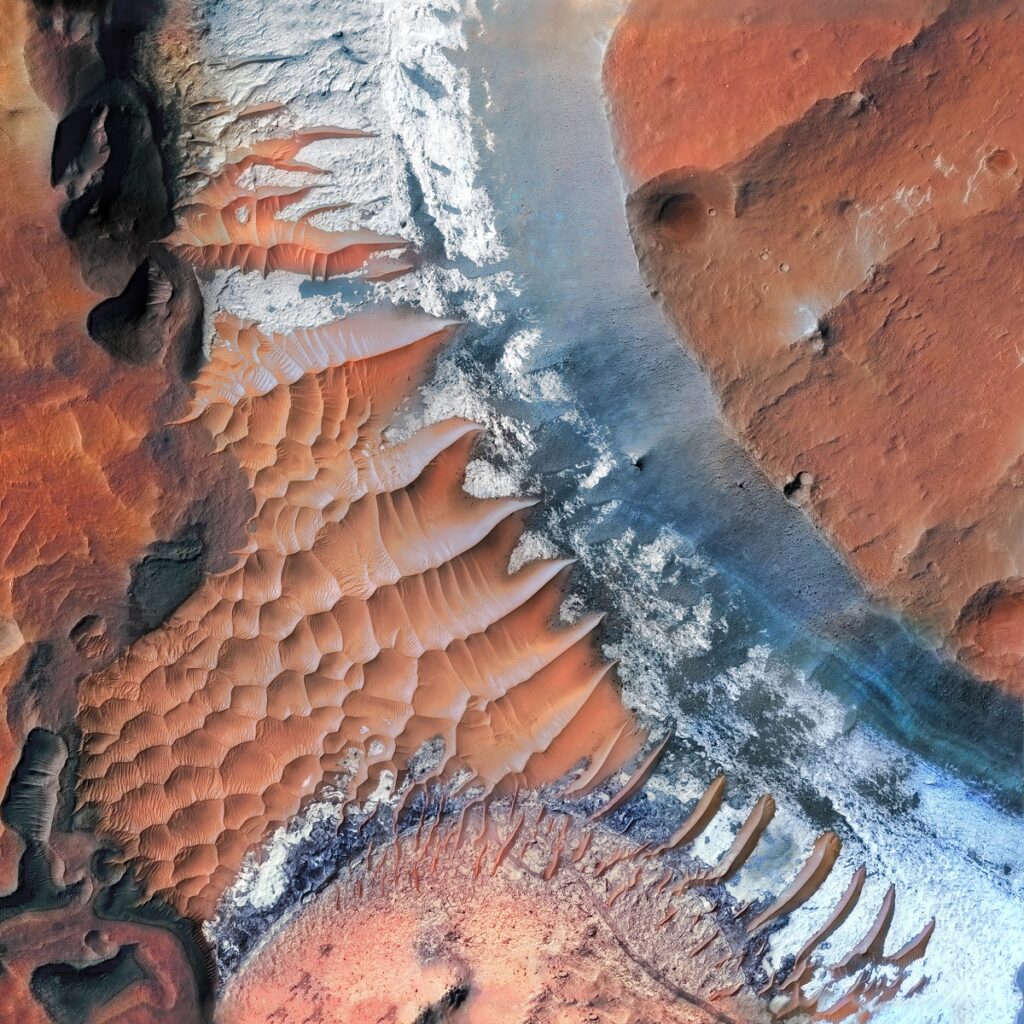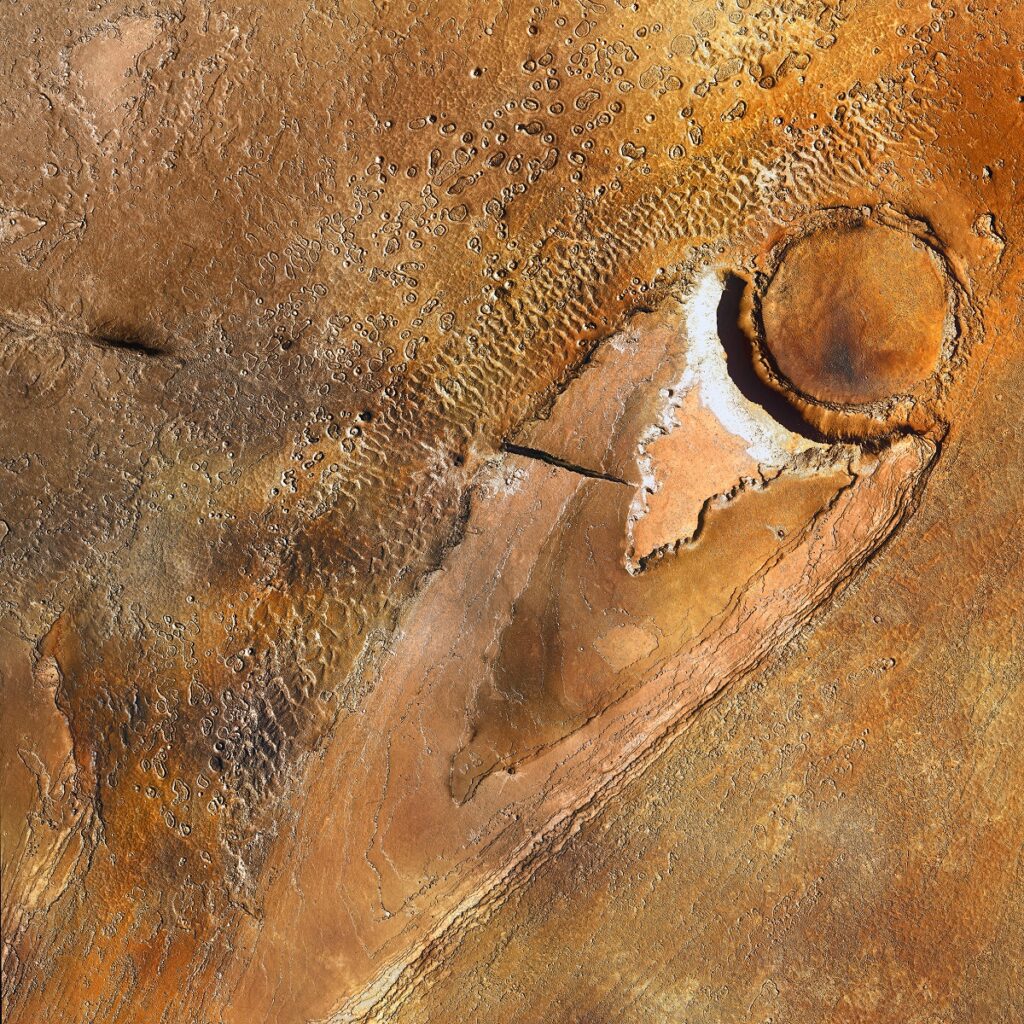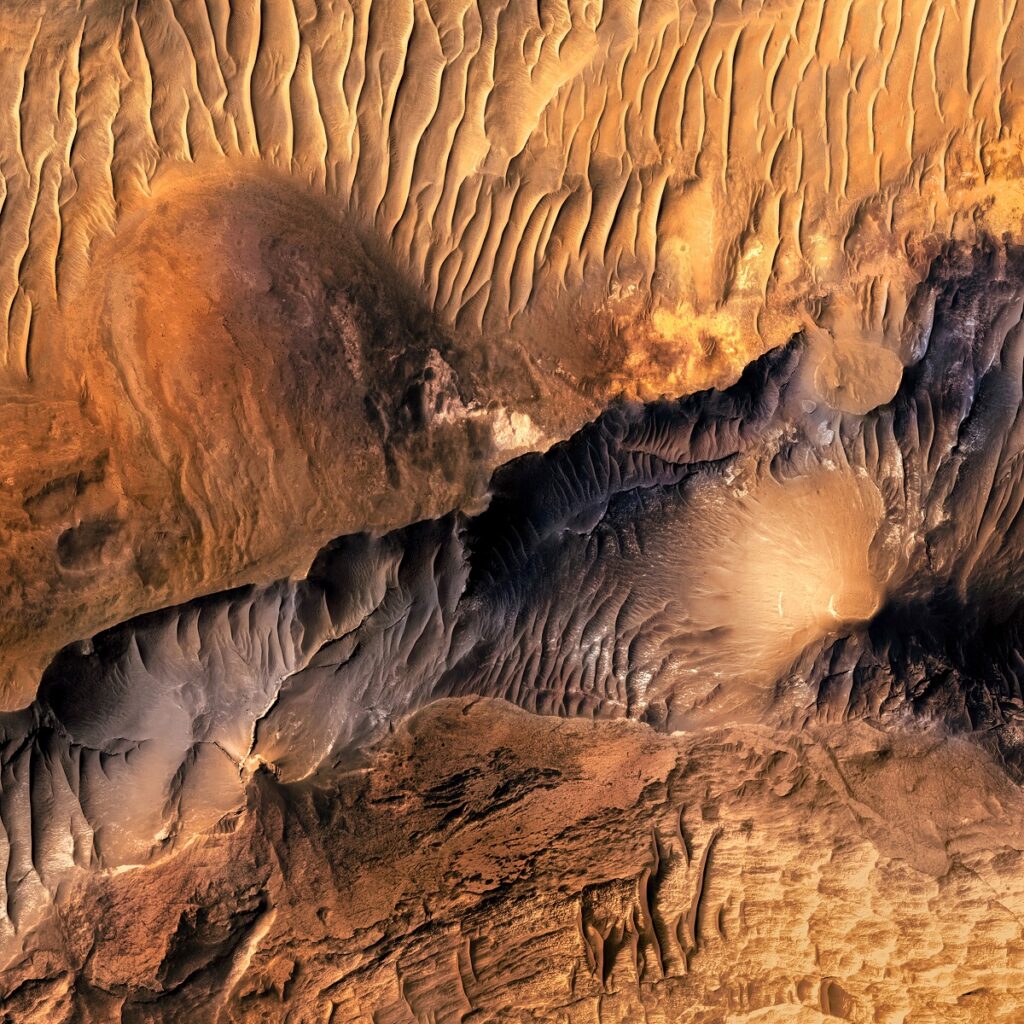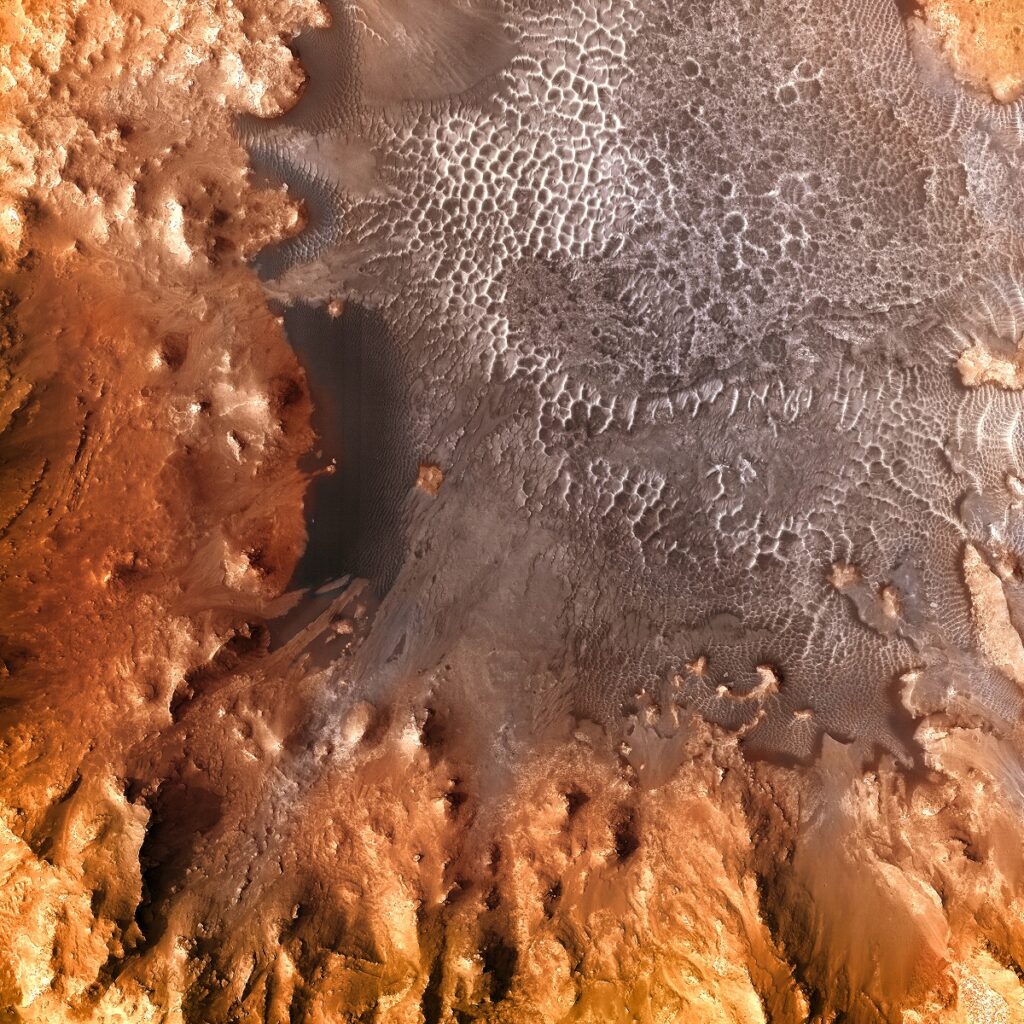Lunae Planum
Lunae Planum
We Build Custom 8K Mars Canvas Prints of Lunae Planum
Did you know we make
custom
8K Mars Canvas Prints
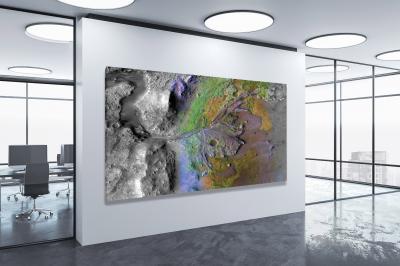
and
3D Marscapes
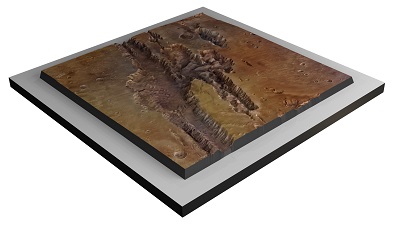
Lunae Planum
Lunae Planum is one of the most intriguing geological features on the Martian landscape, offering a treasure trove of information that can help us understand the planet’s geology, climatic history, and even the possibility of past life. Serving as a significant field for study among planetary scientists, Lunae Planum’s unique geomorphological features, complex geological composition, and the discoveries emanating from this area provide valuable insights into Mars’ evolutionary history.
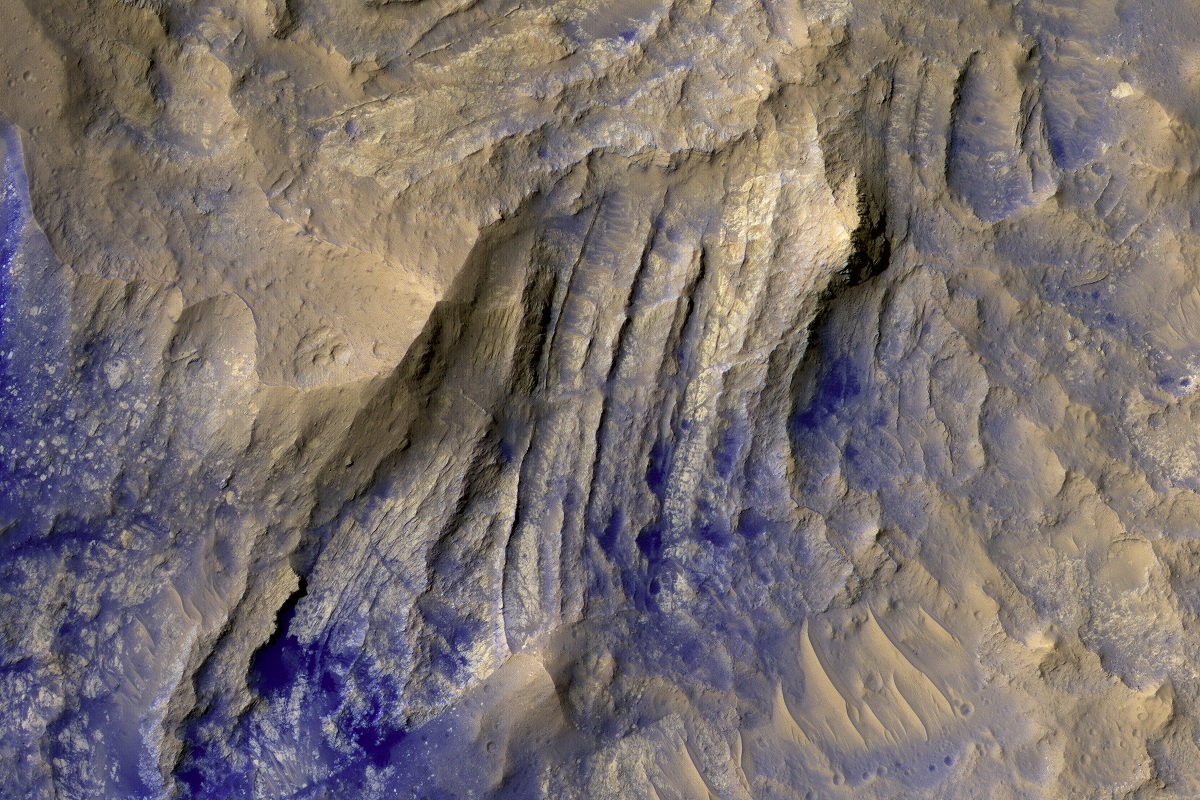 Volcanic Plains of Lunae Planum
Volcanic Plains of Lunae Planum
Geographical Location
Lunae Planum is an expansive plateau located in the western hemisphere of Mars, serving as a critical geological juncture between multiple regions of significant interest. Specifically, it lies to the immediate north of the immense Valles Marineris canyon system and to the east of the towering Tharsis volcanic plateau. Its geographical coordinates place it roughly between latitudes 20°N and 30°N and longitudes 60°W to 80°W. The plateau itself is massive, spanning an area approximately 1000 kilometers from north to south and about 600 kilometers from east to west. Uniquely positioned, Lunae Planum acts as a transitional zone, linking the time-worn Martian highlands to the east with the more recently formed volcanic regions in the west. This juxtaposition makes it an invaluable natural laboratory for scientists interested in understanding the myriad geological and climatic changes that have sculpted Mars over its 4.6 billion-year history.
Advertisement
Sample Marscapes
Geological Composition
Lunae Planum is a geological mosaic, displaying a diverse range of rock types and features that bear testament to the myriad processes that have shaped it over billions of years. While the dominant rock type is basaltic lava, a product of the region’s volcanic history, Lunae Planum is far from monolithic in its geological composition. Alongside these basaltic formations, the region also contains layers of sedimentary rock, possibly laid down by wind or ancient water flows. Moreover, some pockets of ancient, metamorphosed rocks have been identified, providing glimpses into Mars’ most distant past. Advanced spectroscopic analyses have further enriched our understanding of the plateau’s mineralogy, revealing the presence of sulfates, clays, and perhaps even hydrated salts. The identification of these particular minerals is of great importance, as they typically form in water-rich environments, bolstering the hypothesis that liquid water once played a key role in shaping not just Lunae Planum, but the Martian surface as a whole.
Significant Discoveries
Evidence of Ancient Water Bodies
One of the most groundbreaking discoveries regarding Lunae Planum pertains to the multiple features pointing towards the existence of ancient bodies of water. The terrain includes sinuous valley networks, alluvial fans, and other topographical formations that are characteristic of water erosion. These features paint a picture of a region that may have once been traversed by rivers and dotted with lakes or even bordered by an ocean. All these water-related attributes make Lunae Planum a hotbed for research focused on understanding Mars’ paleoclimate and its potential to have harbored life.
Impact Craters
Another fascinating aspect of Lunae Planum’s geological history is its wide assortment of impact craters. These craters range in size from mere meters to tens of kilometers across and vary in age, offering a veritable timeline of meteoritic activity on the Martian surface. The chronology and preservation state of these impact craters provide vital clues about the geological and erosional processes that have occurred in this region over time.
Scientific Missions
Several scientific missions have turned their lenses and sensors toward Lunae Planum, seeking to unlock its geological and climatic secrets. Noteworthy among these missions are NASA’s Mars Reconnaissance Orbiter (MRO), which has supplied high-resolution imagery and spectroscopic data, and the European Space Agency’s Mars Express, which has been instrumental in mapping the plateau’s topography. Earlier pioneering missions like the Viking orbiter laid the essential groundwork for our contemporary understanding of the area. Looking ahead, it is anticipated that future missions, possibly even those with human crews, will delve even deeper into the mysteries of this geologically diverse and significant Martian plateau.
Geomorphological Features
Lunae Planum is an extensive canvas of Martian geological history, providing an intricate array of landforms that speak volumes about the planet’s past. The region is crisscrossed by a complex network of valleys, lending credence to the theory that water once flowed here. Beyond the valleys, the plateau itself bears the scars of significant erosional activity, evident from gullies, wind streaks, and dust devil tracks that mar its surface. Adding yet another layer of complexity are the signs of past volcanic activity. These manifest as extensive lava plains that cover large portions of the plateau and remnants of shield volcanoes. These geomorphological features collectively tell a rich tale of a region shaped by both fluvial and volcanic activities, in addition to aeolian erosion, making Lunae Planum an indispensable subject of study in Martian geomorphology.
Lunae Planum serves as a microcosm for the geological and climatic evolution of Mars. Its unique geographical location, complex geological make-up, and a wide range of significant discoveries make it one of the most studied and fascinating features on the Martian landscape. Scientific missions targeting Lunae Planum have enriched our understanding of the Red Planet, and future endeavors will undoubtedly continue to reveal the secrets hidden in this intriguing plateau. Overall, Lunae Planum remains a key area of interest for anyone keen on unraveling the mysteries of Mars’ past, present, and perhaps even its future.
More About Mars
Contact us today to learn more about our 3D services and how we can help you achieve your goals.
